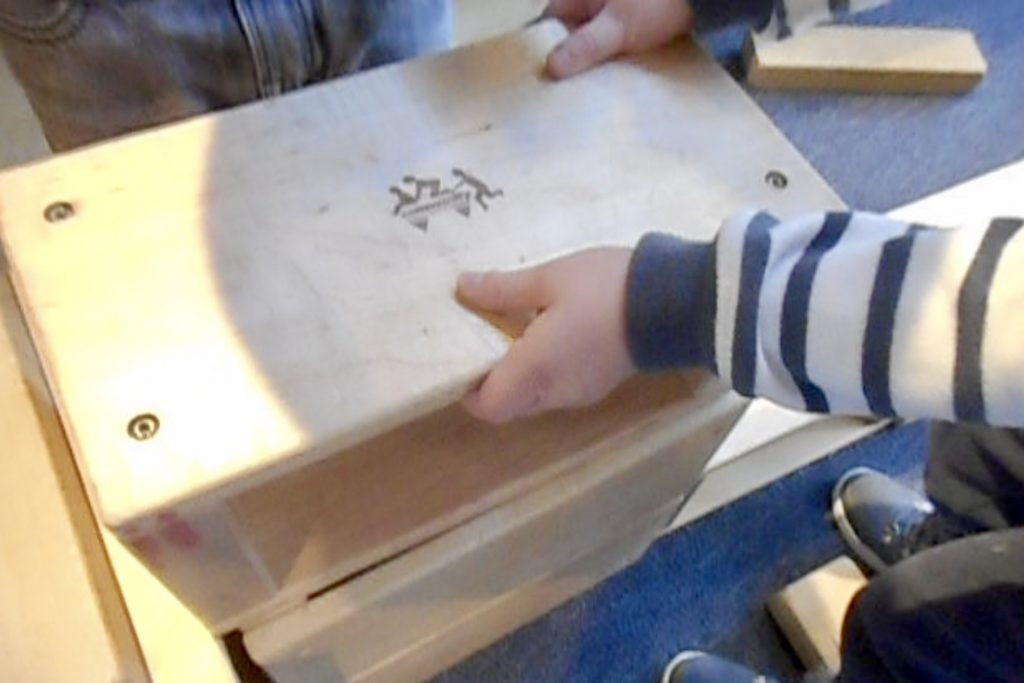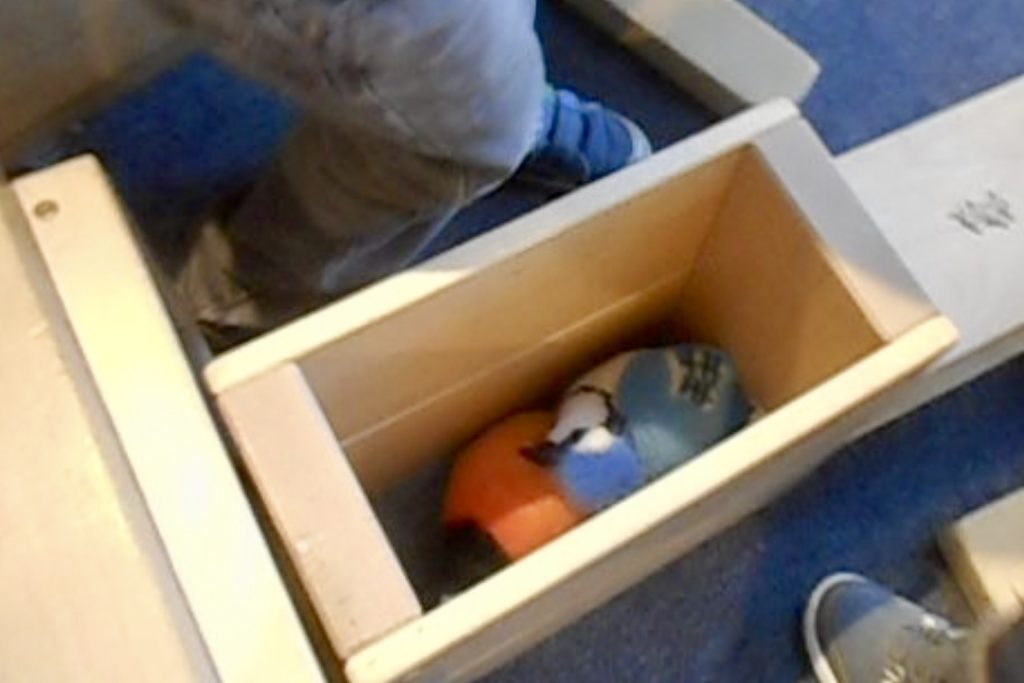At a recent staff meeting with our Learning and Engagement team from the deCordova, we were discussing our Umbrella Topic,
How do children's evolving relationships with art and nature illuminate empathy? We were sharing how the children show the development of empathy when caring for the baby dolls in Studio Blue. The question was asked if they are also doing the same with their birds. The answer, in fact, was no. The children had not thought of their birds as in need of care. So, what have we seen happening with the birds? And why aren't they caring for the birds as they have with the baby dolls?
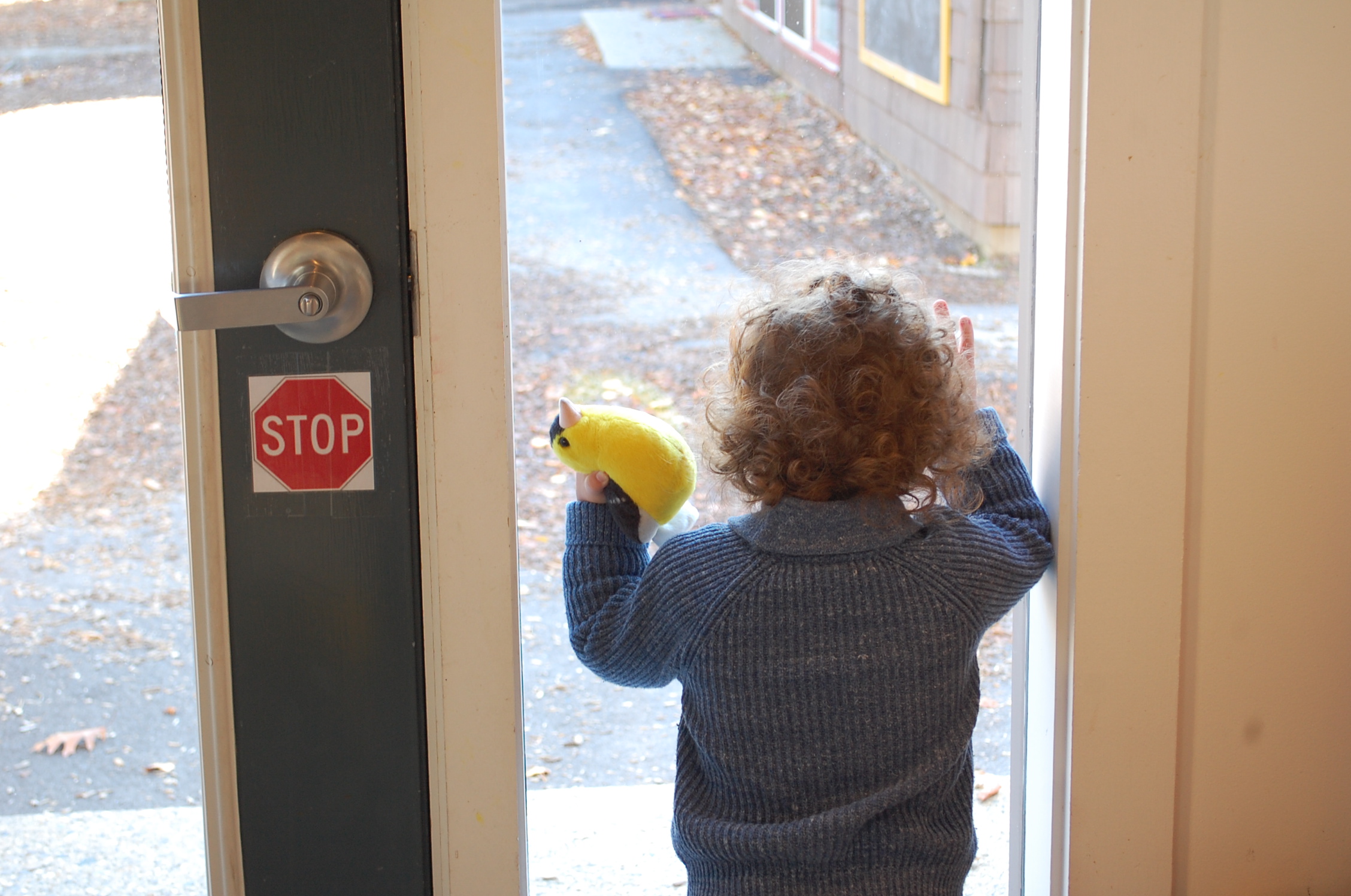
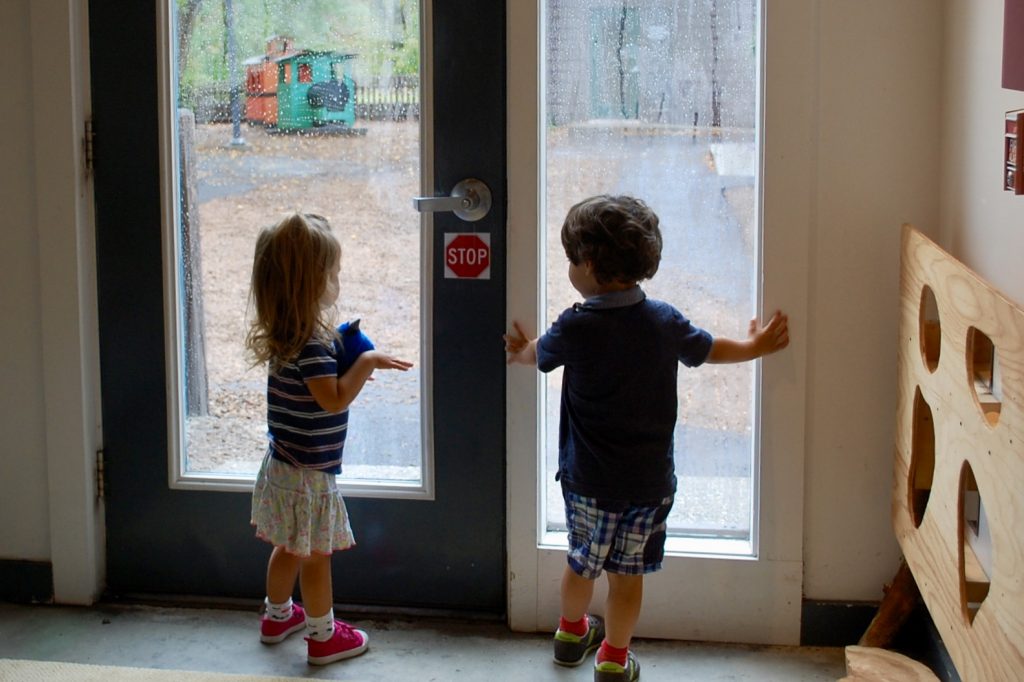
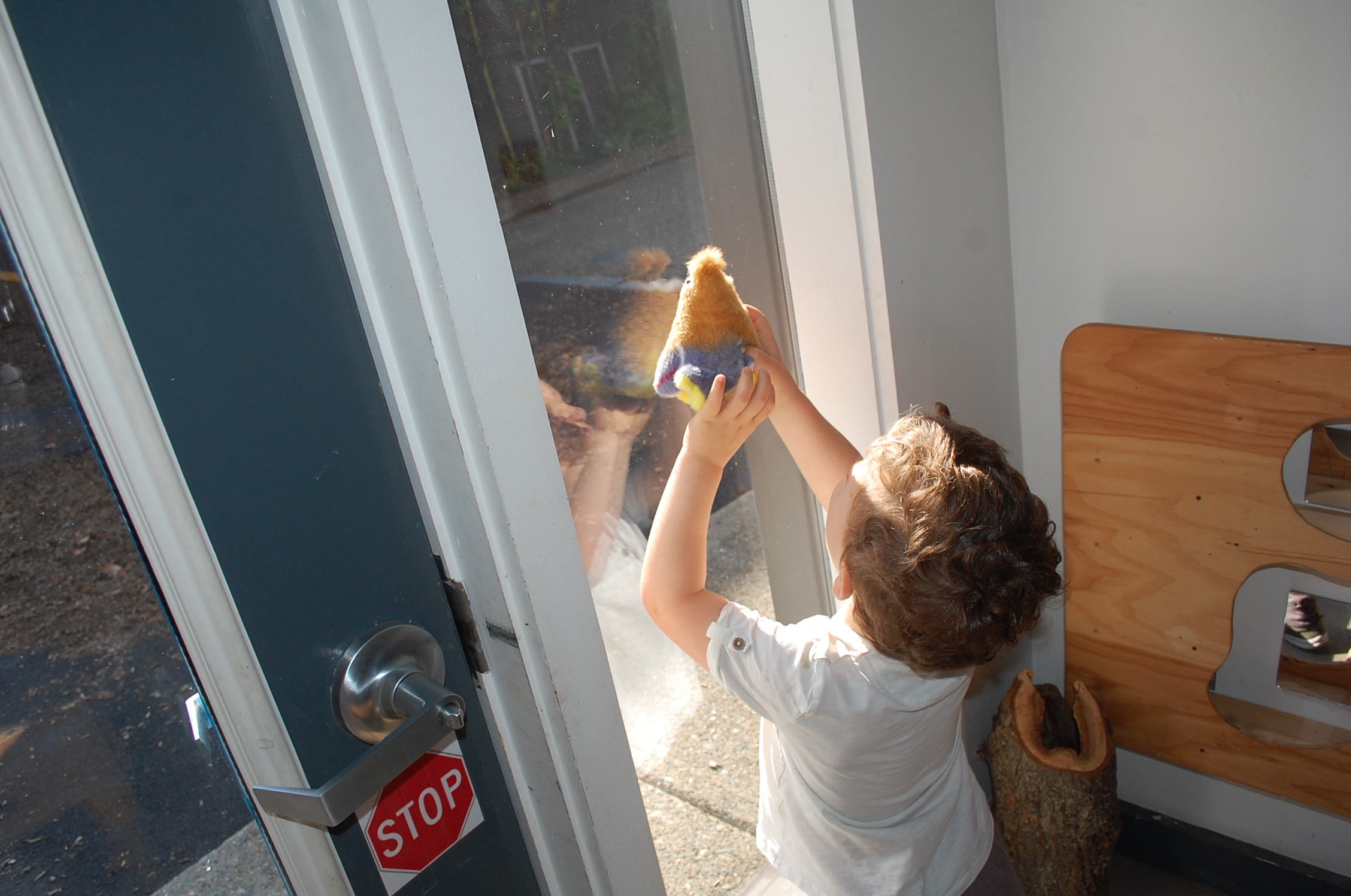
From the beginning of the year, the birds have been used as a source of comfort, a security object that many children continue to benefit from. Oftentimes the birds are held close first thing in the morning. Children use their birds when saying goodbye at drop-off (as seen in photos above). For some, the birds are held close for quite some time; one hand clutching their special bird, often eventually tucked under an arm, their free hand available to engage in activity, as seen below.
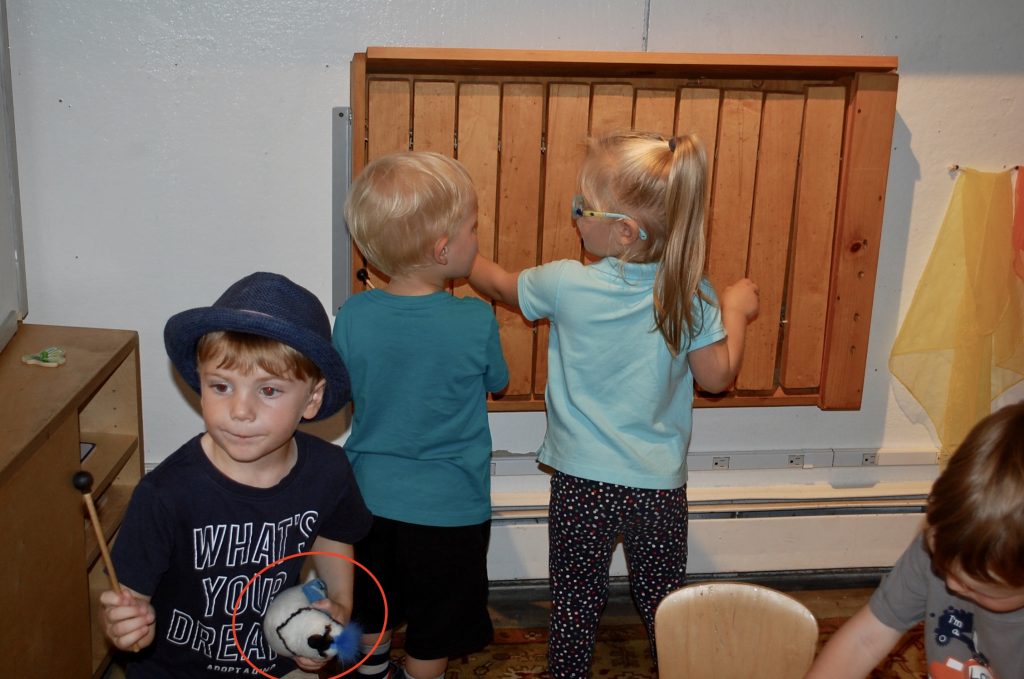
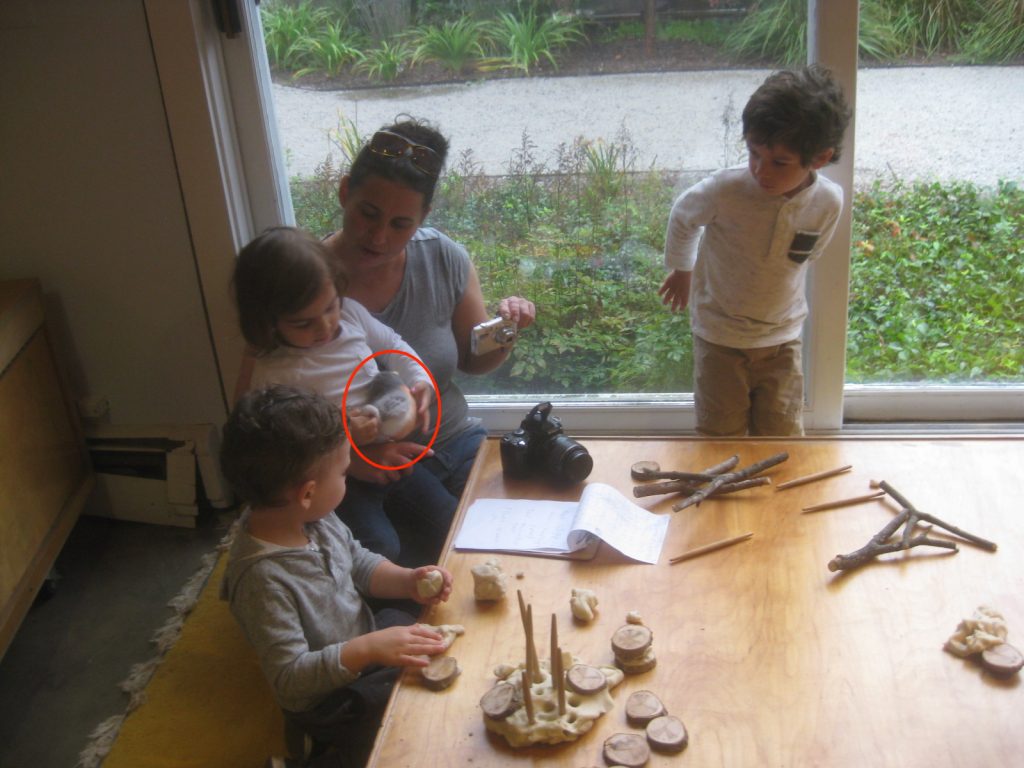
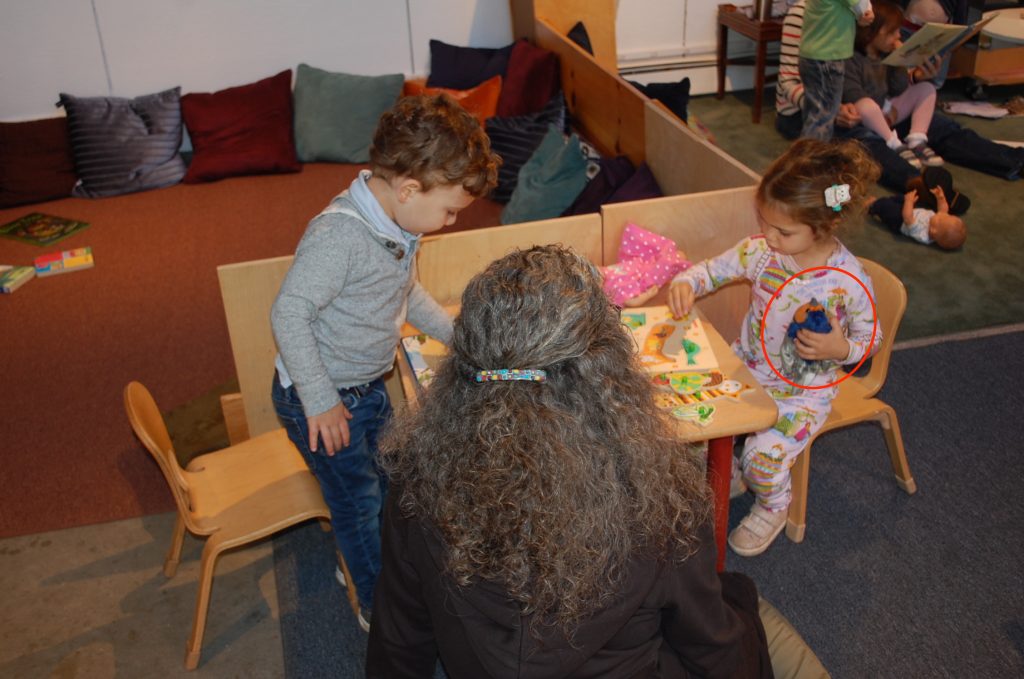
At other times, we see children carry their birds with them to play, but they are set down nearby on a table or the floor.
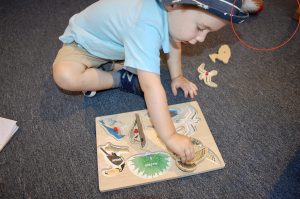
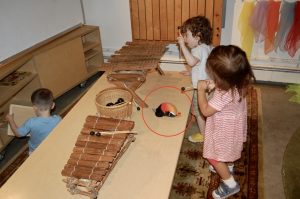
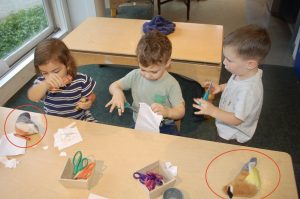
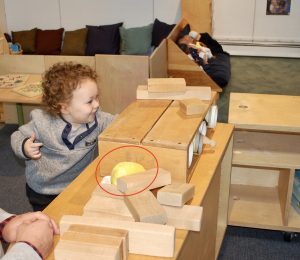
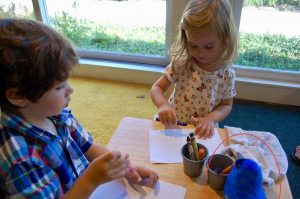
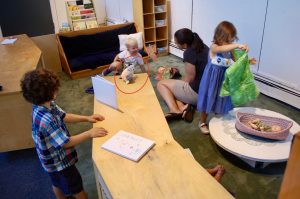
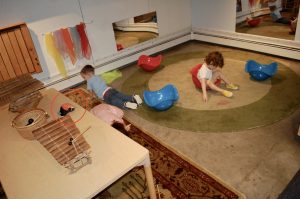
Above, we see a crucial part of empathy highlighted that might be overlooked or seen as less valuable: the children need these birds to care for them.
The children are able to see themselves as big and capable when playing with each other and caring for themselves, their belongings, and sometimes, the baby dolls. Yet their use of these birds reminds us that they too need to be cared for as they grow, learn and challenge themselves in new ways. They are expressing their own vulnerability at this time in their lives, their own need for attention, love and care.
The foundation of an empathetic spirit lies in the ability to recognize one's own needs. In learning to fulfill these needs, children gain a deeper awareness and understanding of themselves. The next step is seeing this in others.
More recently, the birds have been used in new and different ways. The birds are used to connect with materials around them; a way to extend the possibility in the material.
Chris pretends to give playdough food to his bird.
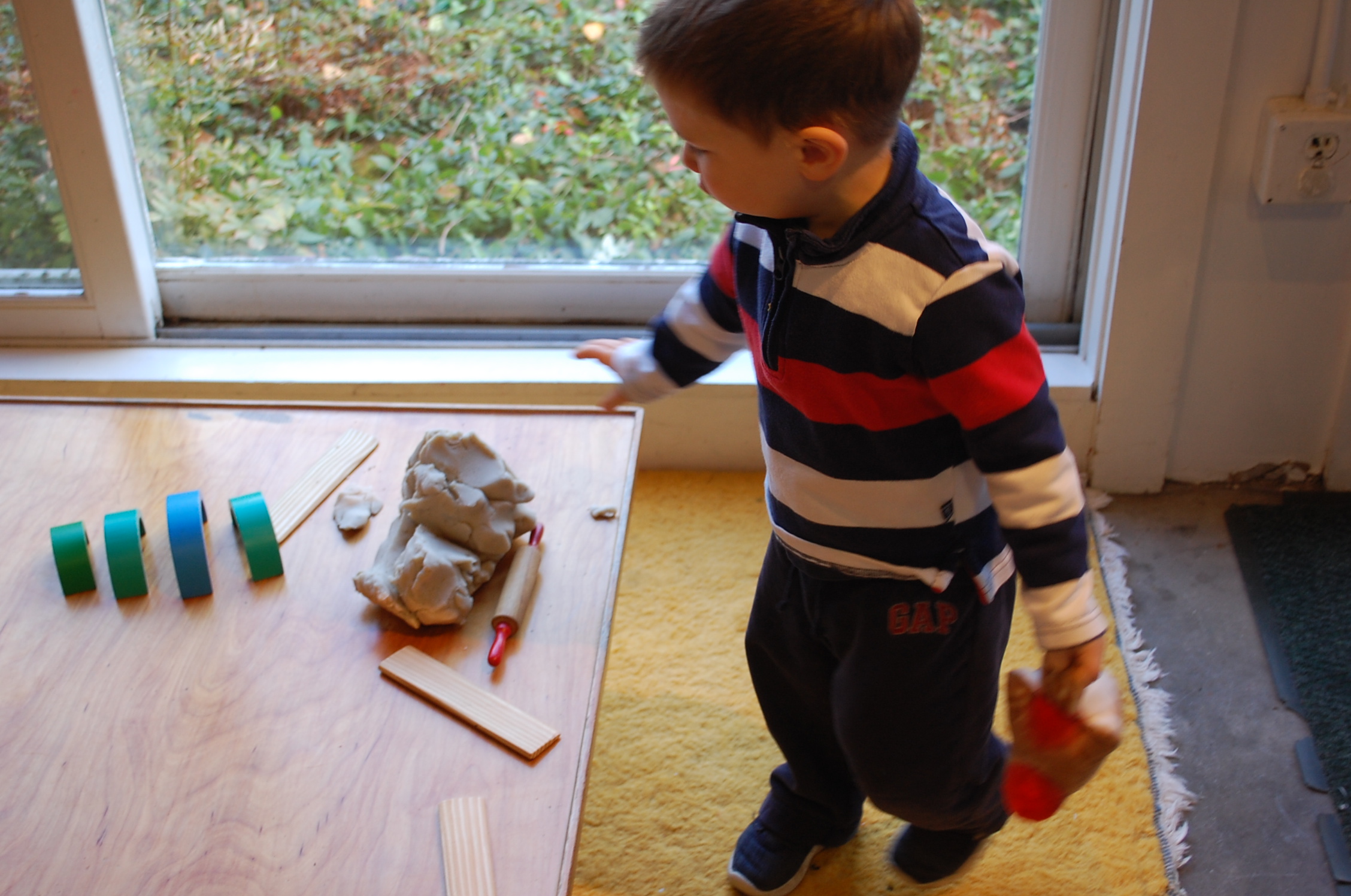
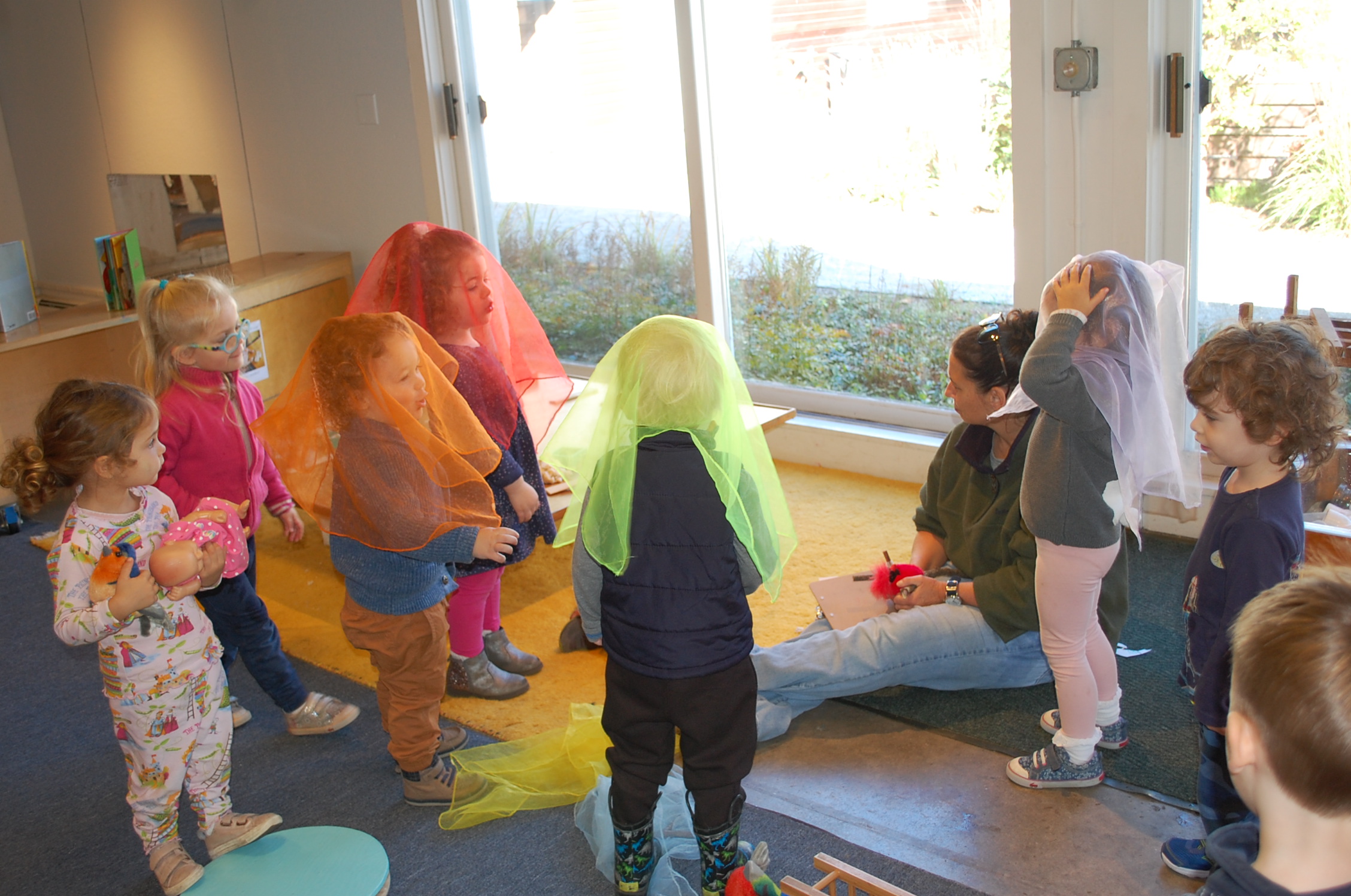
Jack finds his bird and covers it with scarves.
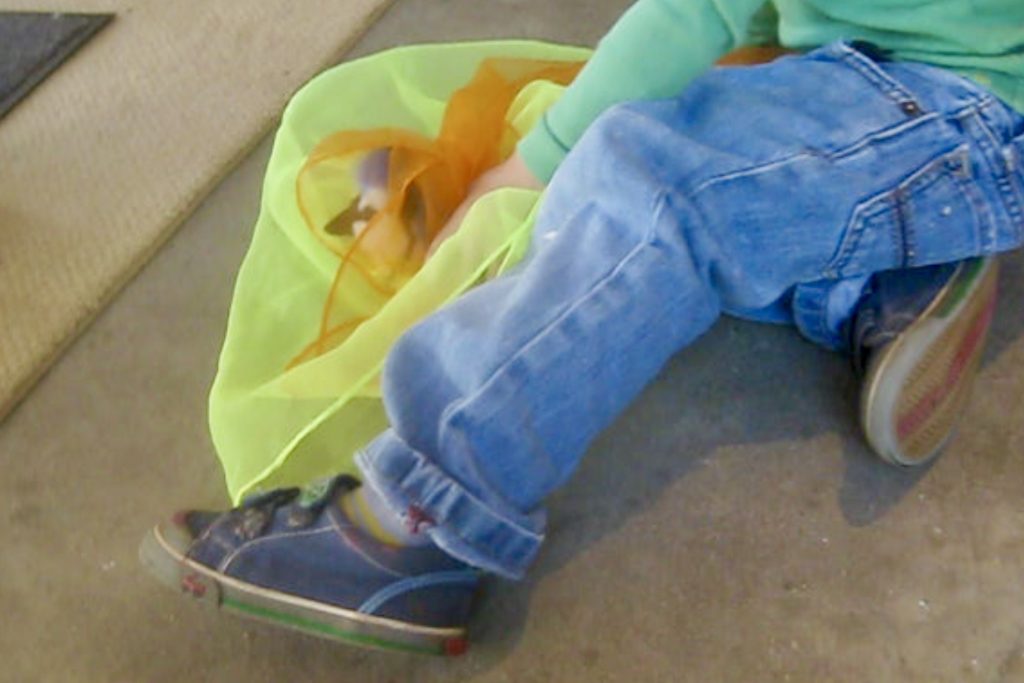
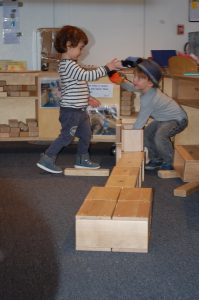
Jamie: I want to make ‘the road is closed’. I want to make a tunnel for the bird…because he can hide…to hide in.
Jack: Me gonna make my bird is closed.

That’s water. For the bird.
Drink, drink, drink.
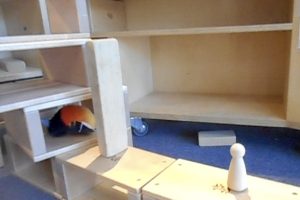
Now he goes back to bed.
